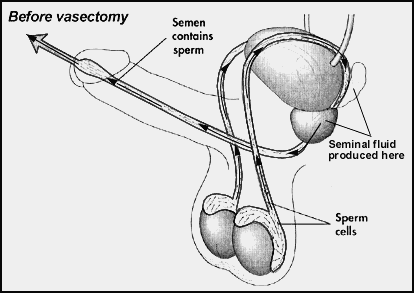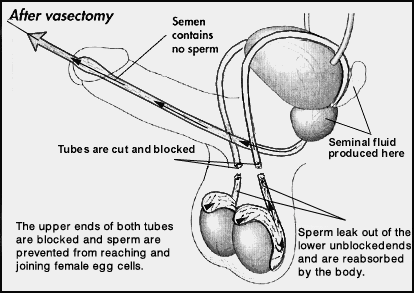A man’s testicles are full of tiny coiled tubes (called seminiferous tubules) that not only produce sperm but also help move it through his system. Inside the tubes are sperm nurse cells that manage sperm stem cells.
The tubes are surrounded by testosterone-producing cells that stimulate sperm development by impacting the nurse cells, which in turn control the sperm stem cells. The sperm factory produces sperm cells on a schedule to make sure production will last a lifetime.




